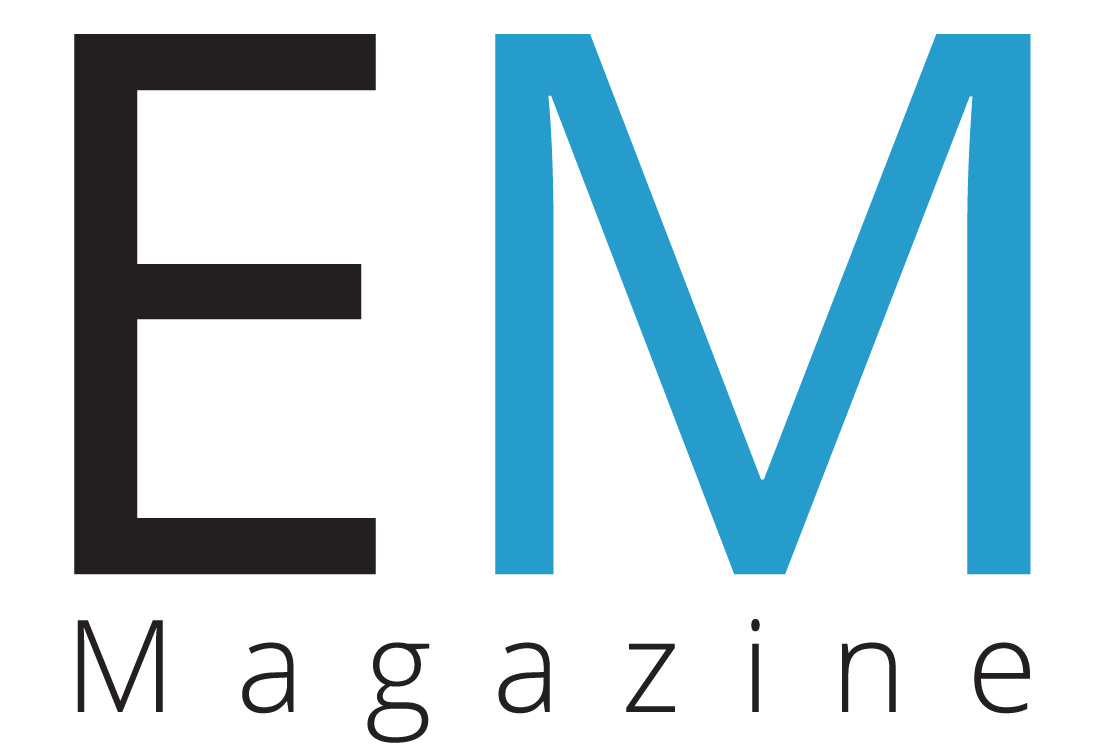David Sheldrake, Global SVP, POWWR
2025 has seen a real ramp up in efforts by the energy industry to ensure both pricing and settlements become better aligned through a move towards Market-wide Half Hourly Settlement (MHHS). The migration ordered by Ofgem is more than simply a technology upgrade. Rather, it signifies a move towards a more adaptable, responsive, and sustainable energy framework that should benefit the entire public sector.
Meters need to smarten up
MHHS sets the stage for a future where achieving net zero becomes much easier for the public sector. However, the transition has thus far proved far from easy. Much of this has been down to the sheer variety of meters being used up and down the land.
As we know, despite their well-publicised advantages, many have been reticent to transition to smart meters. In fact, according to the most recent data, 42% of meters in the UK are still not smart. Meaning several million meters need to be ripped and replaced before MHHS can be activated on them.
| What is MHHS? |
| Market-wide Half Hourly Settlement (MHHS) is the new electricity market arrangements that will enable the flexibility to support transition to Net Zero. A shorter and more accurate Settlement timetable using Half Hourly meter readings for settled energy will support a cost-effective electricity system, encourage flexible use of energy, and help lower bills. The MHHS Programme is an industry-led programme established to deliver the Target Operating Model and aims of the Electricity Settlement Reform Significant Code Review (SCR). This will see meters migrate to a new topline to comply with the changes. MPANs will migrate in phases by supplier. The suppliers are going through a qualification process, and this will determine when the MPAN is migrated. |
Time has run out
The fact that the physical meter transition is far from complete is making the back-end transition of the Top Line Supply Numbers problematic. There are certain older pre-smart meters that simply cannot be transitioned correctly. Yet, time has run out. September 2025 was the date that Ofgem has ordered the industry to be ready to change the Top Line Supply Numbers and migrate meters to be half hourly.
The migration programme has meant to have begun. With those suppliers within the first phase needing to migrate their meters to MHHS half hourly billing. It is thought that two of the big six are included in this first phase.
Easier said than done
The fact that there are four distinct phases of transition staggered over a one-year period is putting pressure on all within the downstream supply chain. This is because the meters associated with those energy suppliers participating in the first phase are needing to be listed differently and have a markedly different Top Line Supply Number. The Meter Time Switch Code (MTC) is removed and replaced with a Settlement Configuration (SSC) Id, and the Current Line Loss Factor (LLF) is split into a DUoS Tariff Id and a new LLF.
It may seem like a minor change, but changing the Top Line Supply Number impacts every system, process or document which holds these numbers, whether that be customer bills or market-wide databases. Because of the phased approach, all databases will need to be able to process both the old, and new Top Line Supply Numbers. This is far easier said than done.
Comparing apples to oranges
Each supplier has needed to interpret how to get the Ofgem mandates to work for them. The reality is that each supplier has different technical expertise. The energy industry is one that is in some ways shackled by the past and has remained resistant to digital transformation. Because of this, each supplier has very different technology stacks and markedly different billing platforms. Now, they are being asked to use different field lengths within the databases to be able to process both the old and new top lines during the transition. This is tantamount to comparing apples to oranges.
This is unfairly hampering the less technologically adept suppliers. Because they cannot input the new Top Line Supply Numbers, it is impossible for them to take on that meter. This is leading to an unfair playing field.
Time to push back
The whole point of the move towards MHHS was for consumers to get the best and most appropriate rates. It was feted as something that would boost accuracy and stability for the public sector. Yet, the industry is clearly unprepared. The transition is placing multiple hurdles in front of those within the downstream supply chain. Until the migration of all the suppliers happens in 2027, those in both the public and private sector will simply not be getting the best deals.
The move to MHHS was always going to include teething period. Yet, with the earliest that time of use tariffs will come in being another two years, maybe it is time to push back.
This article appeared in the October 2025 issue of Energy Manager magazine. Subscribe here.






